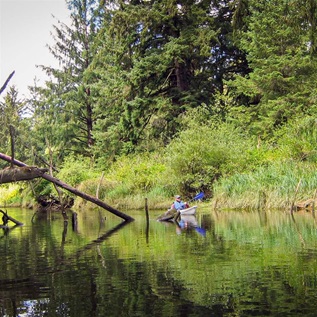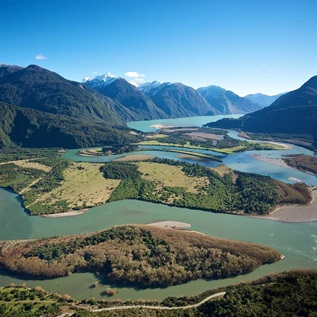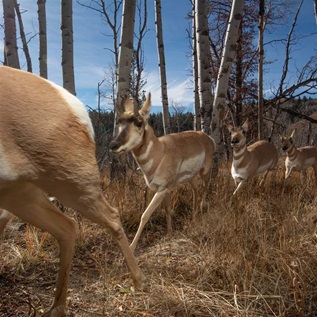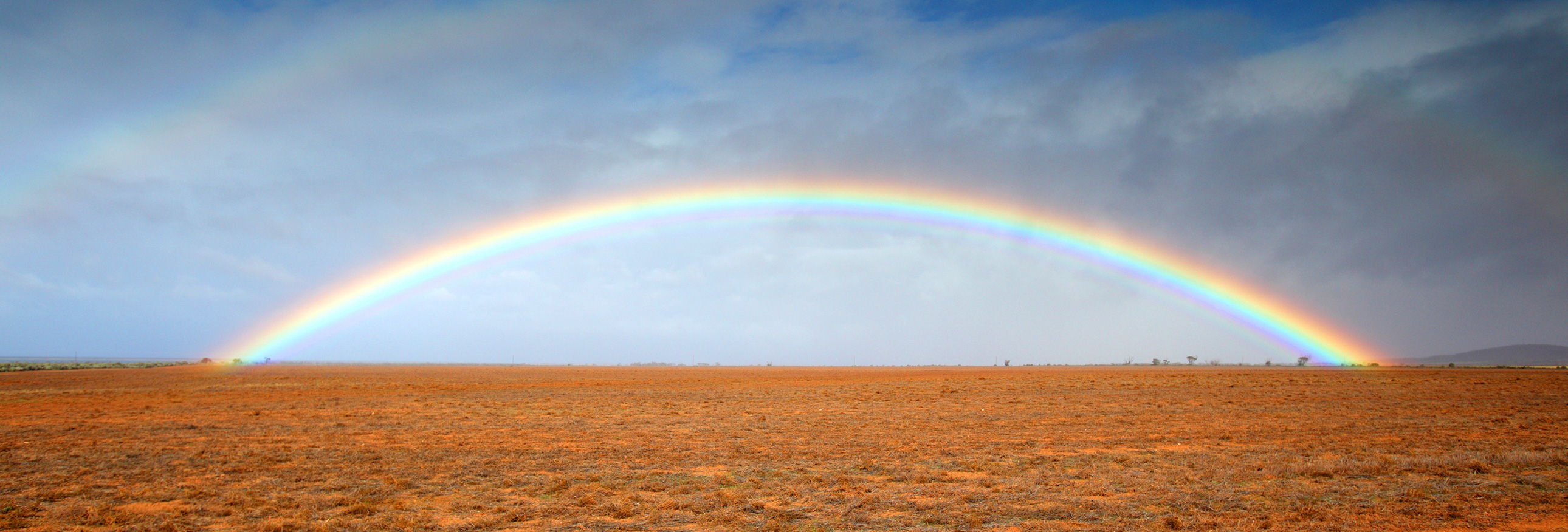
Land Conservation
Sections
- Topics
- Land Conservation
- Antibiotics
- Arts & Culture
- Biomedical Research
- Economic Mobility
- Family Finances
- Fiscal & Economic Policy
- Global Trends
- Health Care
- Higher Education
- Hispanics
- Infrastructure
- Internet & Tech
- Media & News
- Ocean Conservation
- Religion
- Retirement
- Social and Demographic Trends
- U.S. Policy
- U.S. Politics
- U.S. State Policy
- Behavioral Health
In many ways, the loss of natural spaces and species defines this century. Today, only a small fraction of the Earth’s terrain remains as wilderness or old-growth forests.
Pew’s land conservation work spans the United States, Canada, Chile, and Australia and seeks to safeguard public land for future generations. Our work relies on the sciences of conservation, biology, and ecology to advocate for sound solutions to the loss of biodiversity.
Latest Research
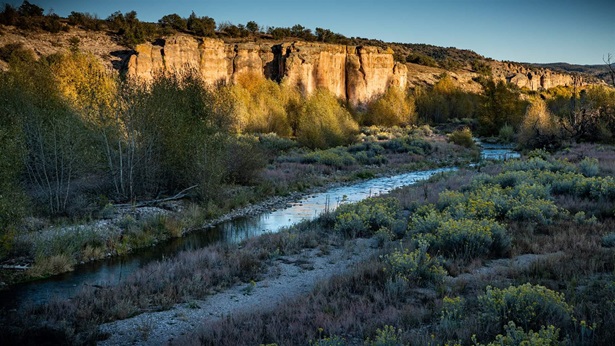
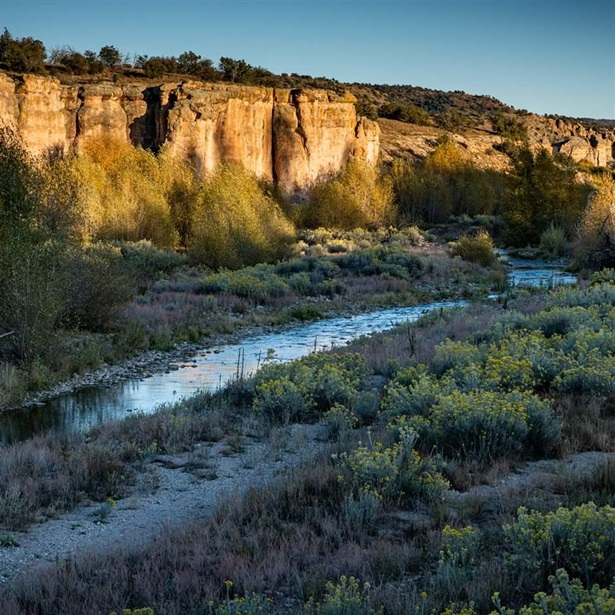
Find Out Which River Species You Are
Take this quiz to match your personality with some of the nation’s most important river-dwelling fish and animals
Get States of Nature, our U.S. conservation and communities newsletter every month.
OUR WORK
Related Projects
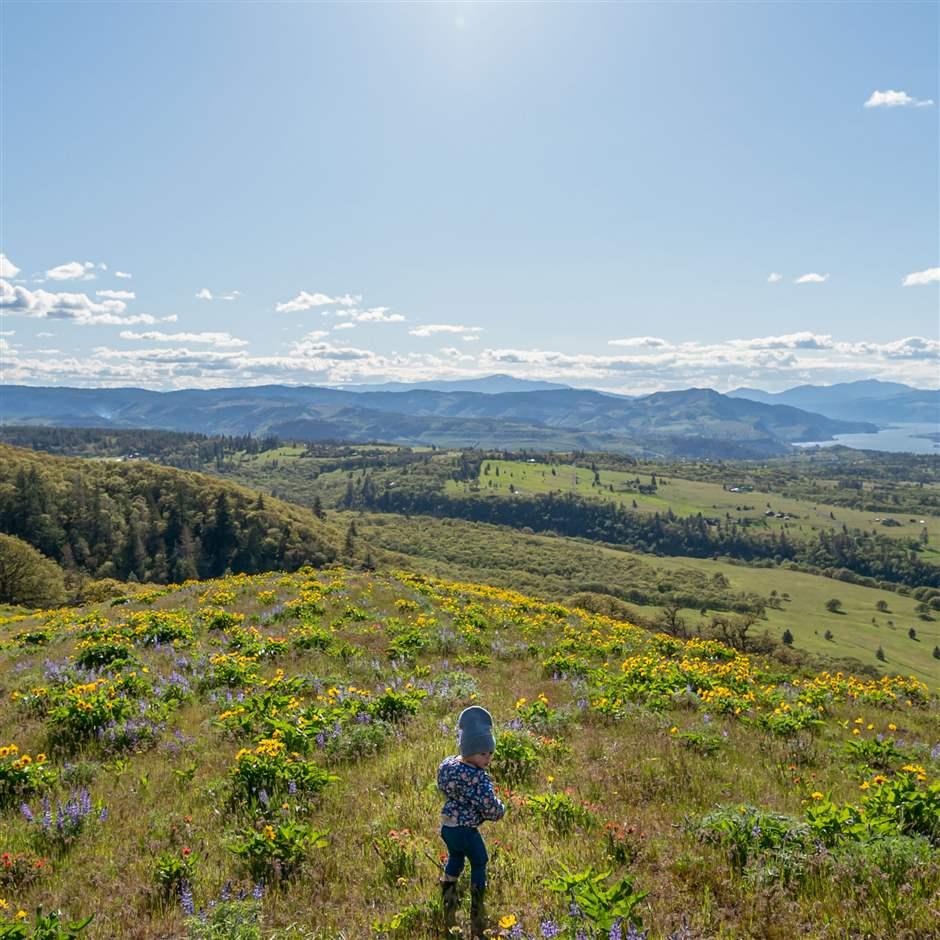
The lands and waters of the United States are national and global treasures. From the Atlantic seaboard to the Pacific coast and Alaska, the landscapes we call home include mountains, deserts, rivers, freshwater wetlands, coastal areas, and oceans. ...
Read More
The Pantanal and Gran Chaco represent two ecologically distinct areas—the world’s largest tropical wetland and a remarkably large dry forest—which, together, provide vital aquatic habitat, nutrient renewal, migration routes, and flood control for...
Read More
From the tropical north to the red centre and the surrounding oceans, Australia is one of the wildest and most intact places on Earth. An ancient place of stark extremes and exquisite beauty, Australia for tens of thousands of years has hosted the...
Read More